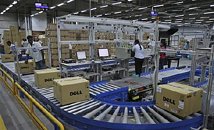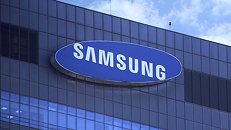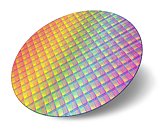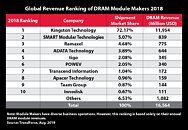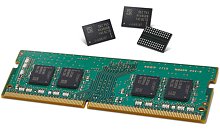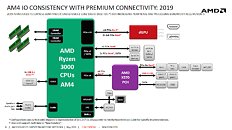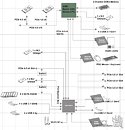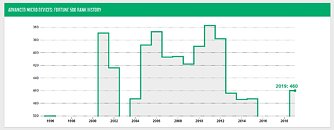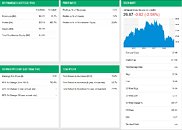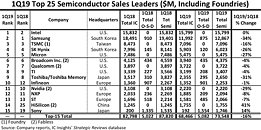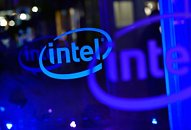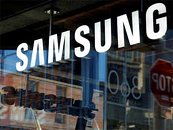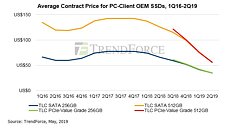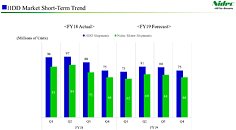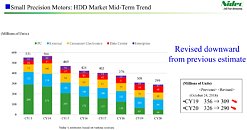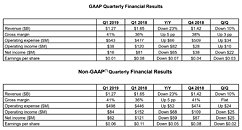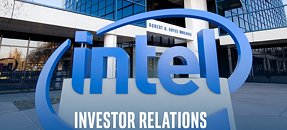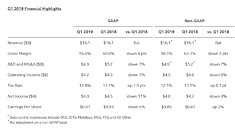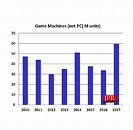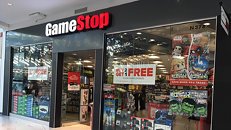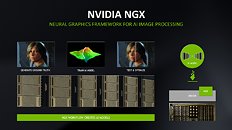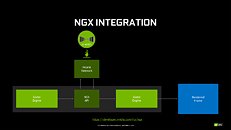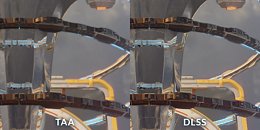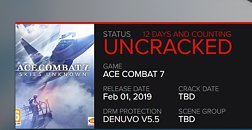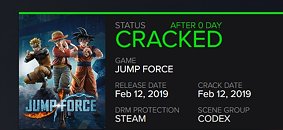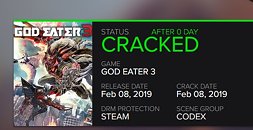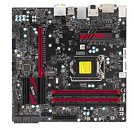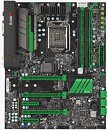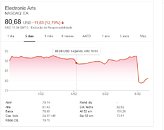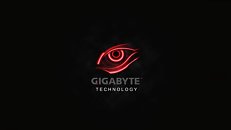
Dell Calls Out Intel for CPU Shortages Affecting its 2019 Full Year Revenue Forecast
PC major Dell in its quarterly results call blamed Intel for cuts in its revenue forecast for 2019 (full year) sales. "Intel CPU shortages have worsened qtr-over-qtr, impacting our commercial PC and premium consumer PC Q4 forecasted shipments," said Dell COO Jeffrey Clarke. Intel's CPU shortages are caused due to demand in the PC and server markets significantly outpacing supply, and not because Intel is supplying below its capacity. The company increased its capex toward manufacturer by $1 billion YoY, retrofitting its manufacturing facilities to make 14 nm processors, all while juggling resources to execute its 10 nm rollout for high-volume mobile and high-margin server processors.
The company hasn't launched 10 nm desktop or HEDT processors, yet, and is reportedly preparing yet another 14 nm line of processors for these platforms, codenamed "Comet Lake." This microarchitecture has also seen a mobile rollout for mainstream mobile form-factors, while Intel focused 10 nm "Ice Lake" for ultraportables and ultra low-power form-factors. Intel executive VP for sales Michelle Johnston Holthaus recently wrote a letter to its customers (primarily companies like Dell,) informing them that despite their best efforts, demand continues to beat supply, and that they hadn't managed to solve their supply issues.
The company hasn't launched 10 nm desktop or HEDT processors, yet, and is reportedly preparing yet another 14 nm line of processors for these platforms, codenamed "Comet Lake." This microarchitecture has also seen a mobile rollout for mainstream mobile form-factors, while Intel focused 10 nm "Ice Lake" for ultraportables and ultra low-power form-factors. Intel executive VP for sales Michelle Johnston Holthaus recently wrote a letter to its customers (primarily companies like Dell,) informing them that despite their best efforts, demand continues to beat supply, and that they hadn't managed to solve their supply issues.
